Baby led Weaning Guide
on Sep 22, 2021, Updated Oct 28, 2023
This post may contain affiliate links. Please read our disclosure policy.
Baby-led weaning is becoming more and more popular, and more parents and caregivers are gravitating towards this feeding approach. It can be a little overwhelming to comprehend at first, so let’s break down the basics in this baby led weaning guide.
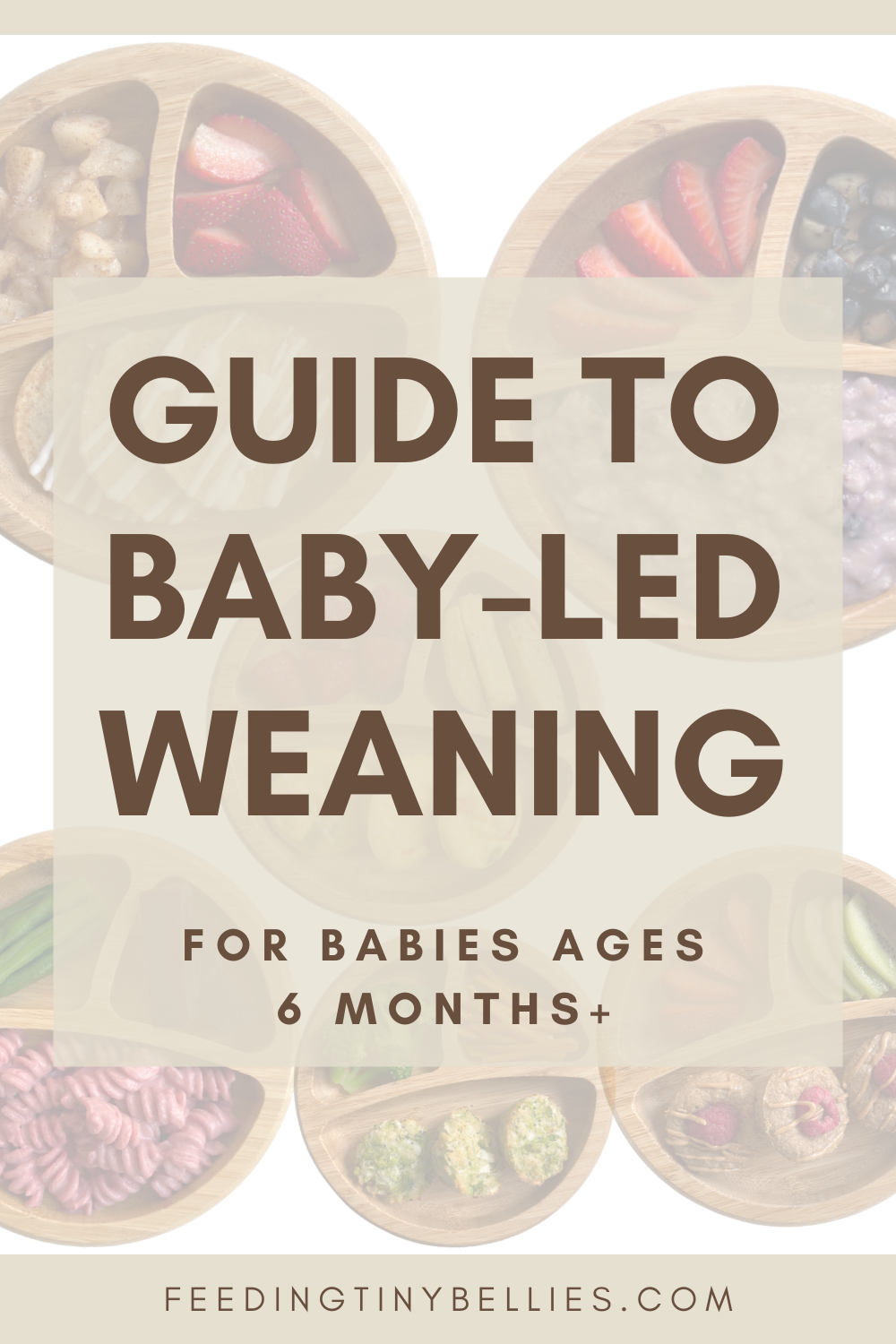
Table of Contents
What Is Baby-Led Weaning
Baby-led weaning (BLW) is a feeding approach for introducing solids to babies. With this approach, baby skips purees and jumps straight into self-feeding finger foods from the start. Baby is encouraged to explore foods independently and take full control when eating.
What Are The benefits And Challenges Of Baby-Led Weaning?
While there are many benefits to the feeding approach, it also comes with a few challenges.

Benefits:
- Time-saving – No need to create separate meals since baby can eat the same foods the rest of the family eats (with slight modifications).
- Self-regulation – Baby can control how much food to eat and is able to stop when full.
- Potential to Reduce Picky Eating – With baby-led weaning, babies experience tasting a large variety of food textures and consistencies; this may help babies develop an appreciation of different foods and hopefully reduce picky eating down the line.
- Coordination – Baby-led weaning is excellent to help baby practice coordination. Baby consistently practices hand-eye coordination and chewing skills during meal times.
- Promotes Independence – Babies have the liberty to select what and how much they want to eat and develop a sense of independence at an early age.
Challenges:
- Messiness – Giving babies the liberty to self-feed can definitely be messier than spoon-feeding! Fortunately, there are things that can help with overcoming the mess!
- Food Waste – Oftentimes, food goes to waste, especially during the food-throwing stage. Try offering small amounts at first and add more food if needed.
- Gagging – Gagging may occur, especially in the initial stages of baby-led weaning. This may cause parents to worry, however, this is a normal mechanism babies use as a defense against choking.
What Are The Signs Of Readiness To Begin Baby-Led Weaning?
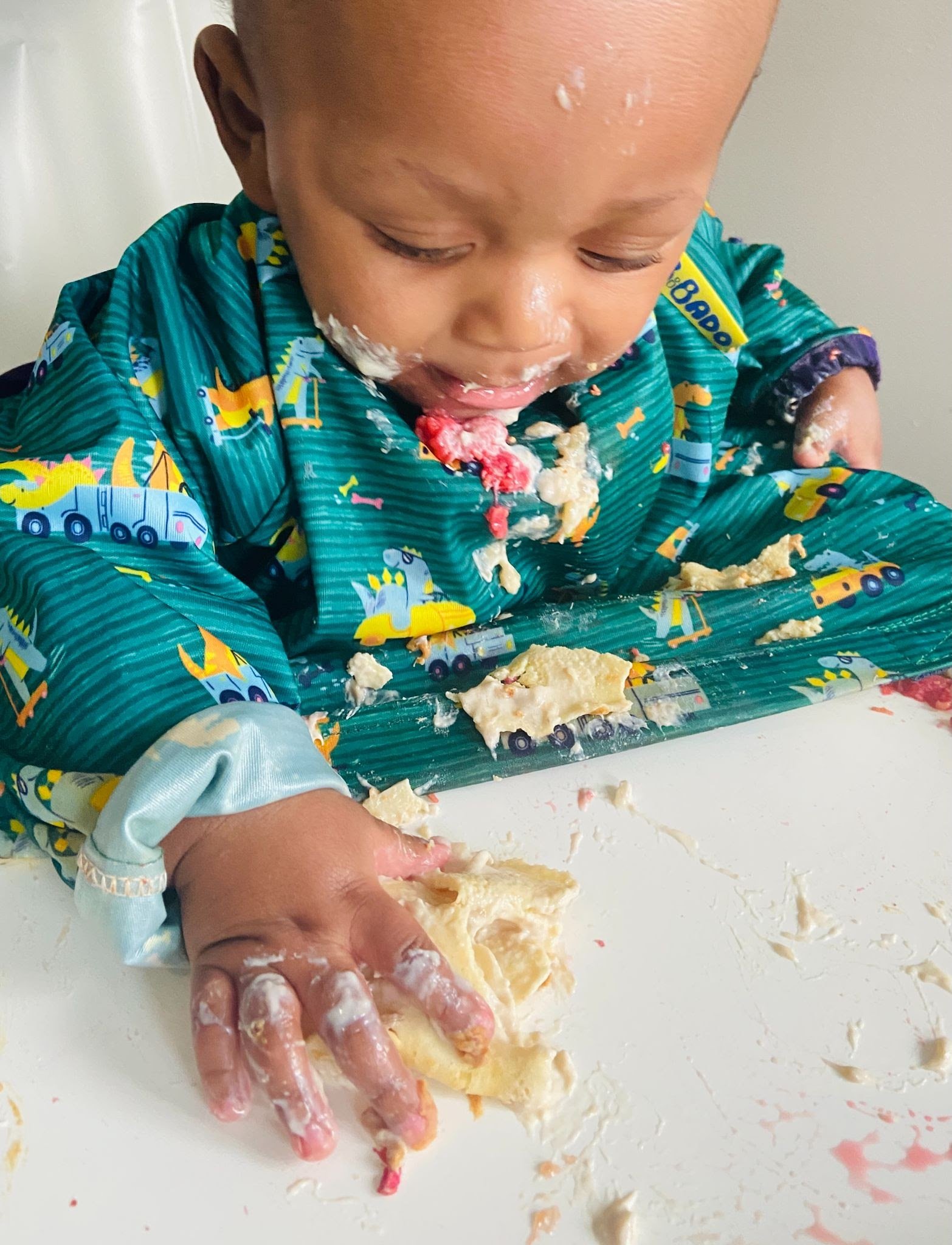
These are some of the signs of readiness to look out for before you begin:
- Baby is at least 6 months of age.
- Baby can sit up unassisted with little to no support.
- Your baby has demonstrated good head control.
- Your baby’s tongue-thrust reflex is disappearing (the reflex that causes a baby to push objects out of their mouth to prevent choking).
- Baby has developed the coordination to be able to pick up objects and bring them to their mouth.
- Baby shows interest in solid foods.
Baby-Led Weaning Essentials
When it comes to baby-led weaning, you don’t need much, but here are some basic essentials to get you started. These are not all must-haves, but some of these items are good to have to make the process a little easier.
- Highchair – This is important to ensure that baby sits in a stable, comfortable, safe position.
- Bibs – To keep baby as clean as possible during meal times. I love using full-covered bibs.
- Strong Suction Plates – Great to have so that baby cannot remove the plate from their high chair tray. You may also place food directly on the high chair tray instead.
- Silicone Spoons – Great for self-feeding pureed foods like yogurt and applesauce.
- Cup – Great to practice coordination. I love using open cups and straw cups!
Baby-Led Weaning Guide For How To Serve Foods

One great thing about baby-led weaning is that it encourages baby to eat what you eat, so you don’t need to make separate “baby food.” With this in mind, it is important to note that foods must be cut appropriately in order for them to be considered safe to offer.
Beginners have something called the “palmar grasp” where they will use their entire hand to pick up objects. Foods cut into finger-length strips are easier for babies to pick up using their whole palms. Finger-length strips also help your baby learn how to take appropriate bites and chew. As they grow, they develop something called the “pincer grasp” where they will be able to pick up small objects with their index fingers and thumbs. Once your baby develops the pincer grasp, you may begin to offer foods cut into smaller pieces. For round objects, smash or quarter them lengthwise to remove the roundness.
Does My Baby Need Teeth?
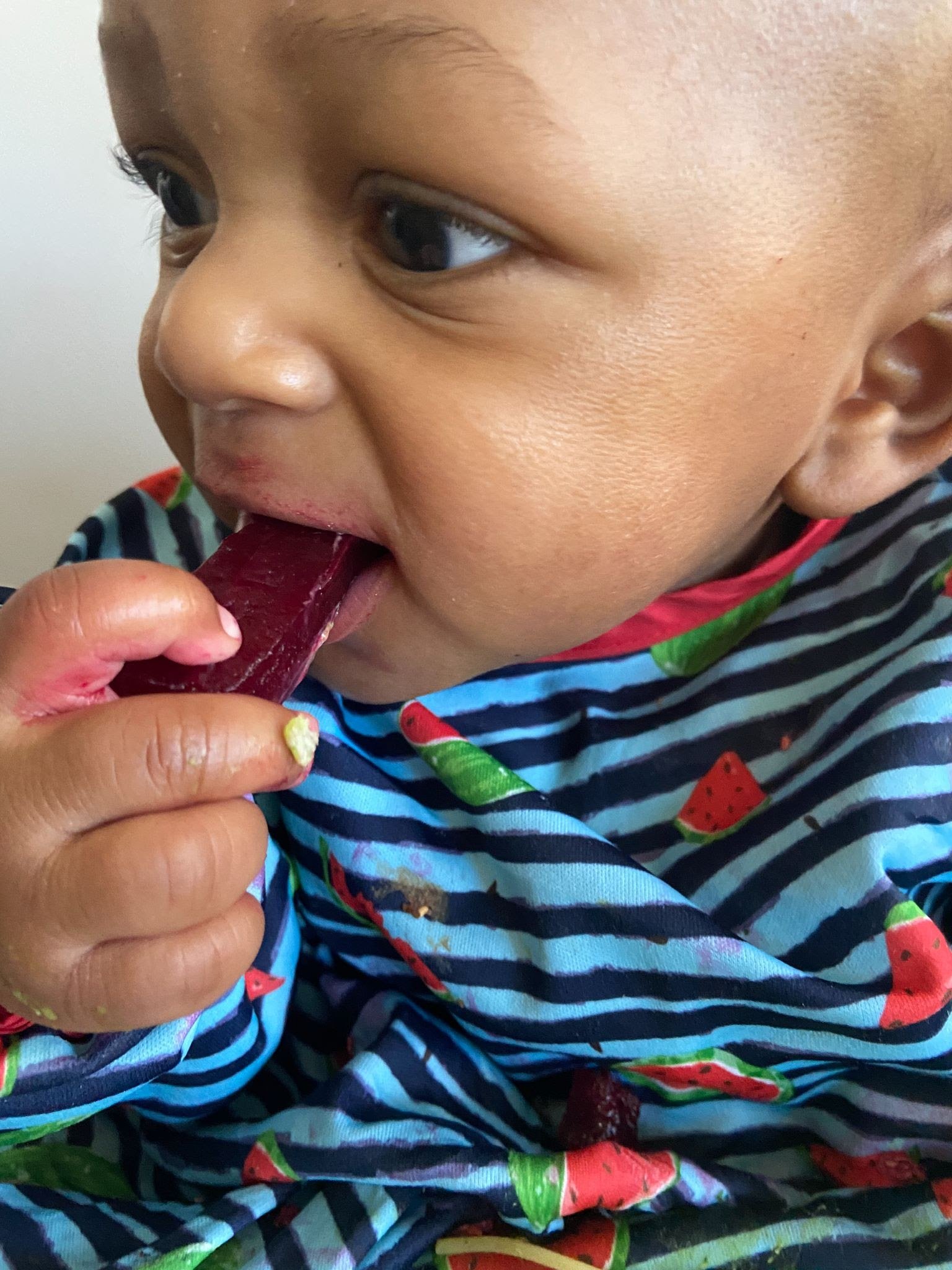
Not at all! Babies’ gums are SO strong and can tackle several textures! The general rule of thumb is that if you can easily squish a food item between your index finger and thumb, it is generally safe to offer to baby. You’ll be surprised at what those little gums can do!
*Note – I highly recommend taking some type of infant CPR course to prepare you if something happens. Offering appropriately cut foods and waiting for appropriate signs of readiness reduces the risk of choking, but it is always best to be prepared. Taking a CPR course will also help reduce your anxiety when it comes to mealtime.
Foods To Avoid/Limit
Babies can have most things, but there are some things that you may offer in moderation or not offer at all.
- Honey – Honey should not be offered to babies under the age of 1 due to the risk of infant botulism. Honey is often added to many prepackaged items, so be sure to read labels carefully before offering something to your baby.
- Meats, eggs, and seafood – Meats, eggs, and seafood should be fully cooked for children under the age of 5.
- Salt – Babies and toddlers only need a very small amount of salt in their diets. Babies, in particular, get most of this from breast milk or formula. Try to avoid offering foods that are high in salt. When cooking a meal for the entire family, it is a good idea to remove baby’s portion and add salt afterward.
- Sugar – It is recommended to avoid added sugars under the age of 2. Certain things are fine to offer in moderation, but there are several ways to sweeten items with natural sugars from fruits! Many babies and toddlers are content with sweet items that are naturally sweetened!
Check out this post on Food Diet Changes After Age 1!
Introducing Allergens
When introducing allergens, it is a good idea to offer them one at a time along with nonallergenic foods. This is so that if your baby has an allergic reaction, you will be able to pinpoint the exact food that caused the reaction. It is also a good idea to offer common allergens in the morning or afternoon (as opposed to the end of the day) to be able to monitor your baby’s behavior throughout the day. The top 8 allergenic foods are:
- Dairy
- Eggs
- Peanuts
- Tree nuts
- Fish
- Shellfish
- Soy
- Wheat
Portion Sizes

What portion sizes should I offer my baby? It varies! There is no right answer here. One portion size may be considered overwhelming to one baby and the same portion may be considered underwhelming to another. Every baby is different.
Start small. It is a good idea to start with smaller portions and offer more if baby seems interested. This eliminates potential food waste and helps baby not feel too overwhelmed initially. Once you get a sense of the portion size your baby does best with, you can follow their lead and work with that.
Those are some of the basics in a nutshell! I hope that you found this baby-led weaning guide helpful and if you are just beginning your baby-led weaning journey, I wish you the best of luck!
You may also like:
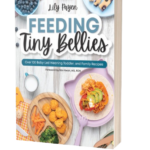



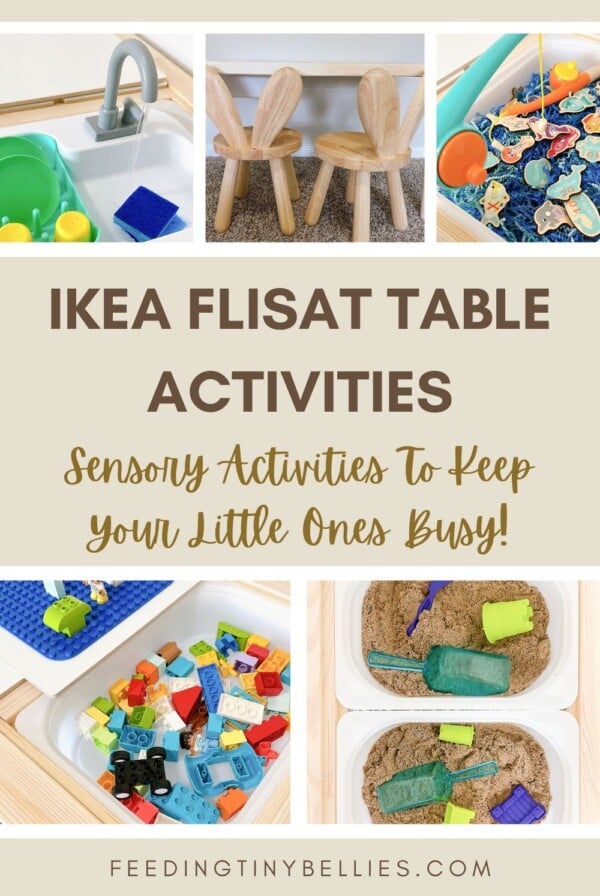

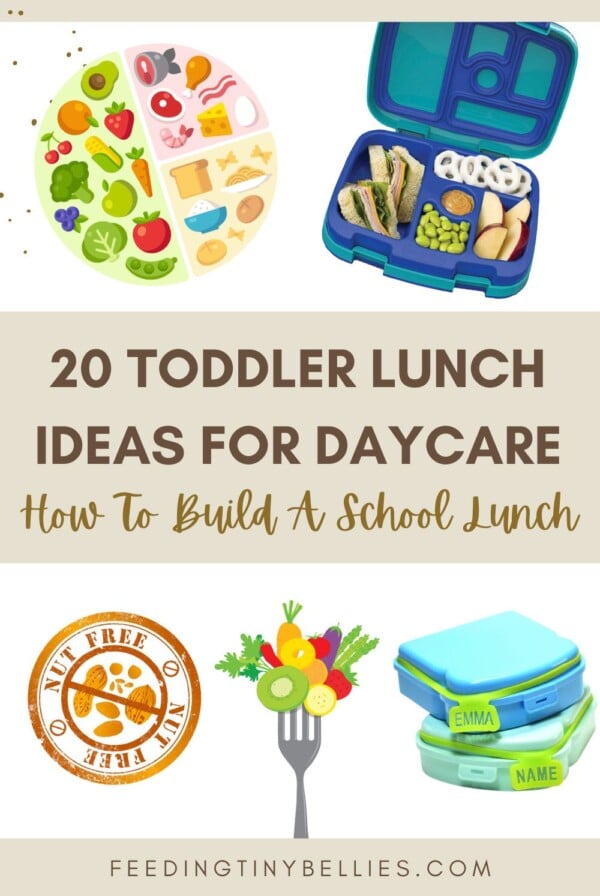




Thank you so much.
But for a baby who’s just reaching 6 months is it advisable to start the baby led weaning at the time?
Hi Valentina! Baby-led weaning is usually started around 6 months of age once all signs of readiness are met, but you can check with your pediatrician to be sure for your little one.